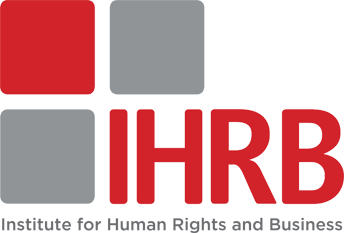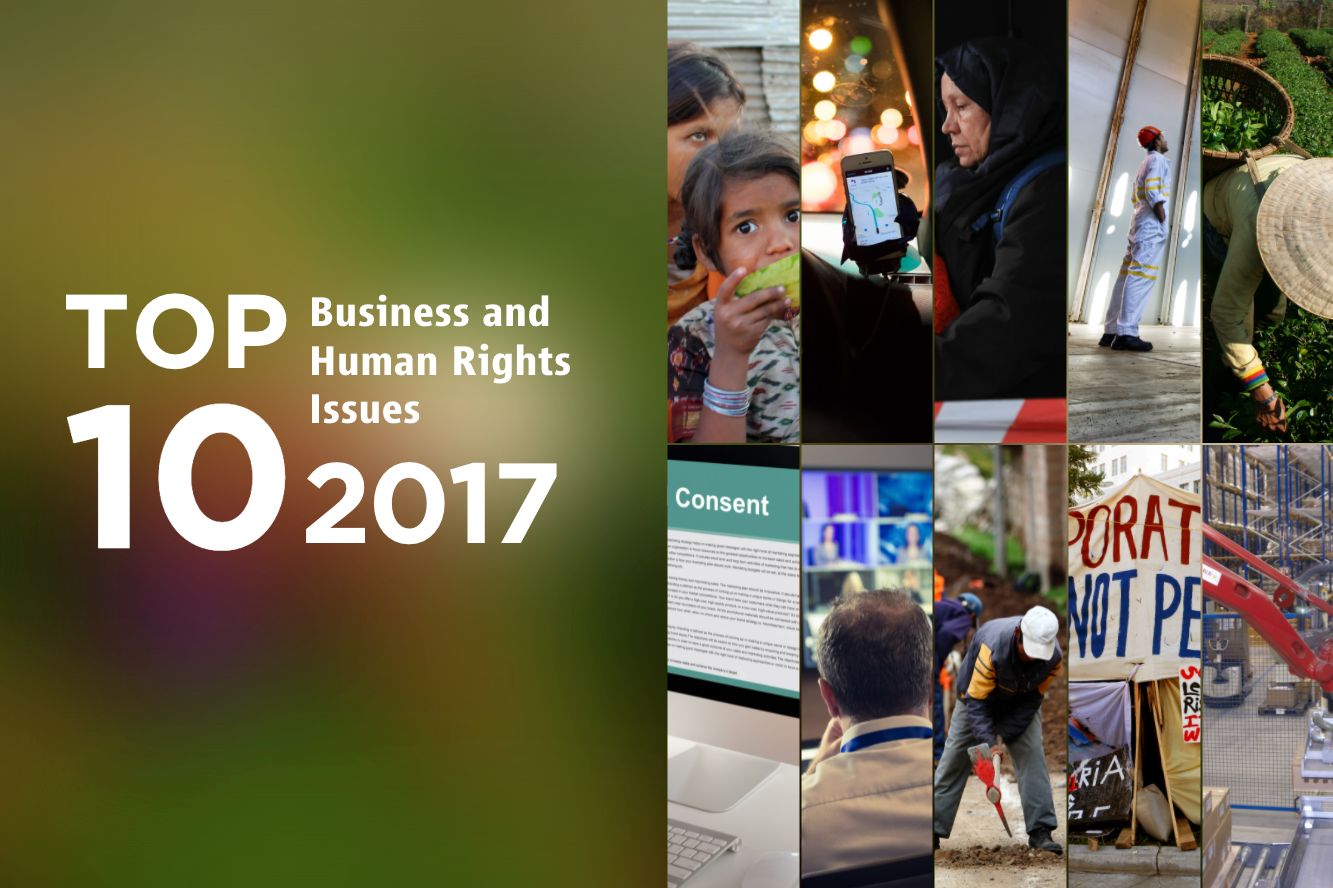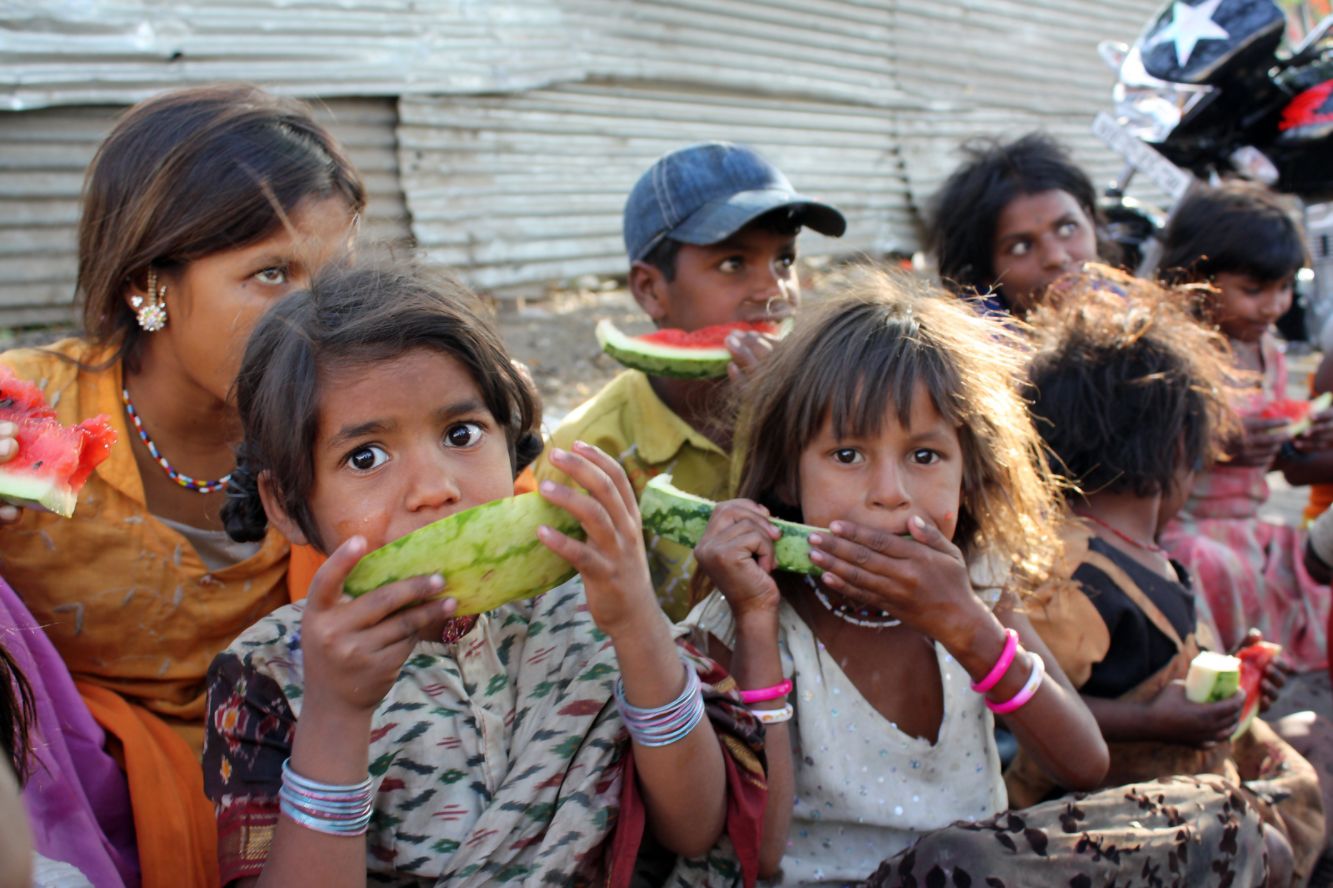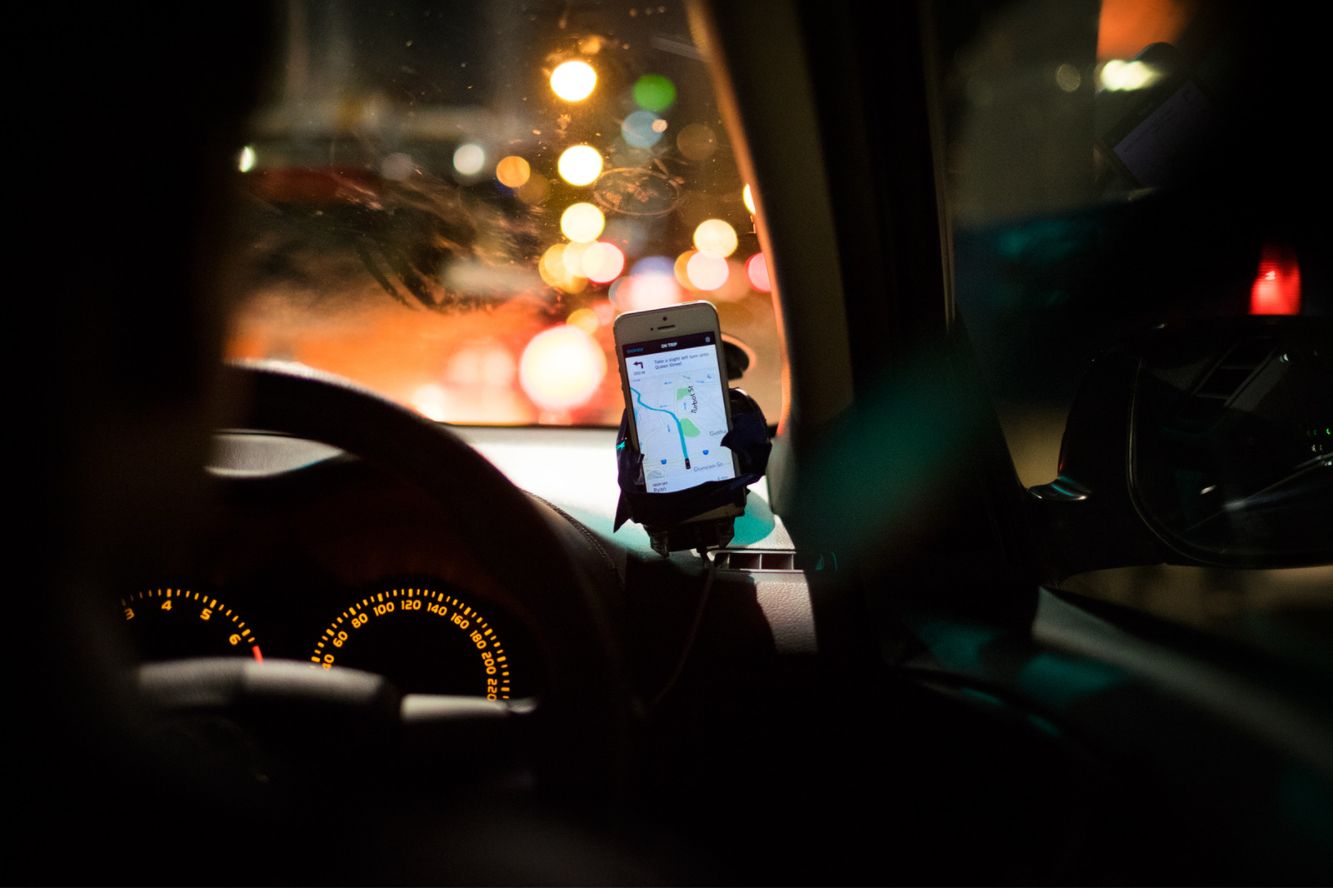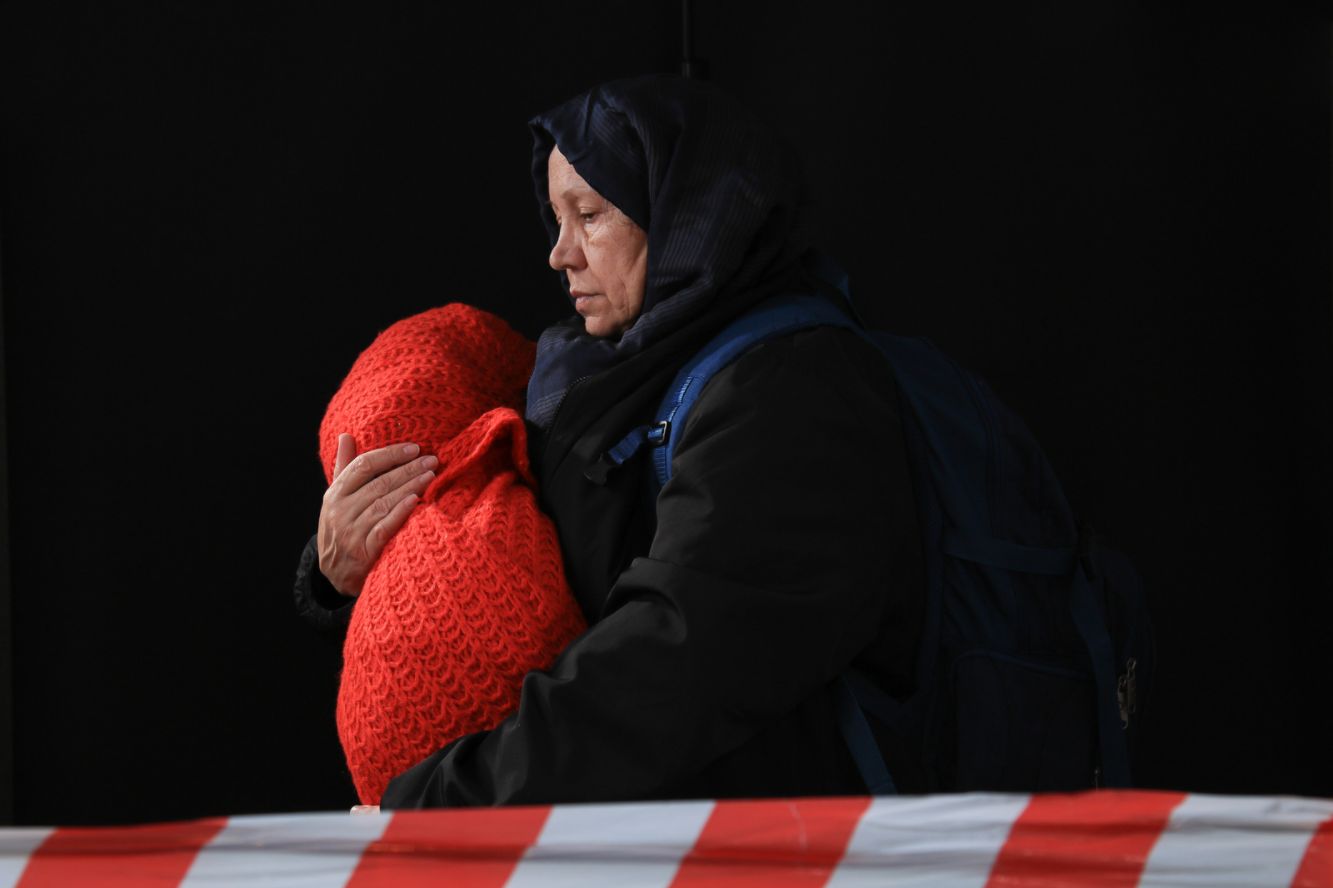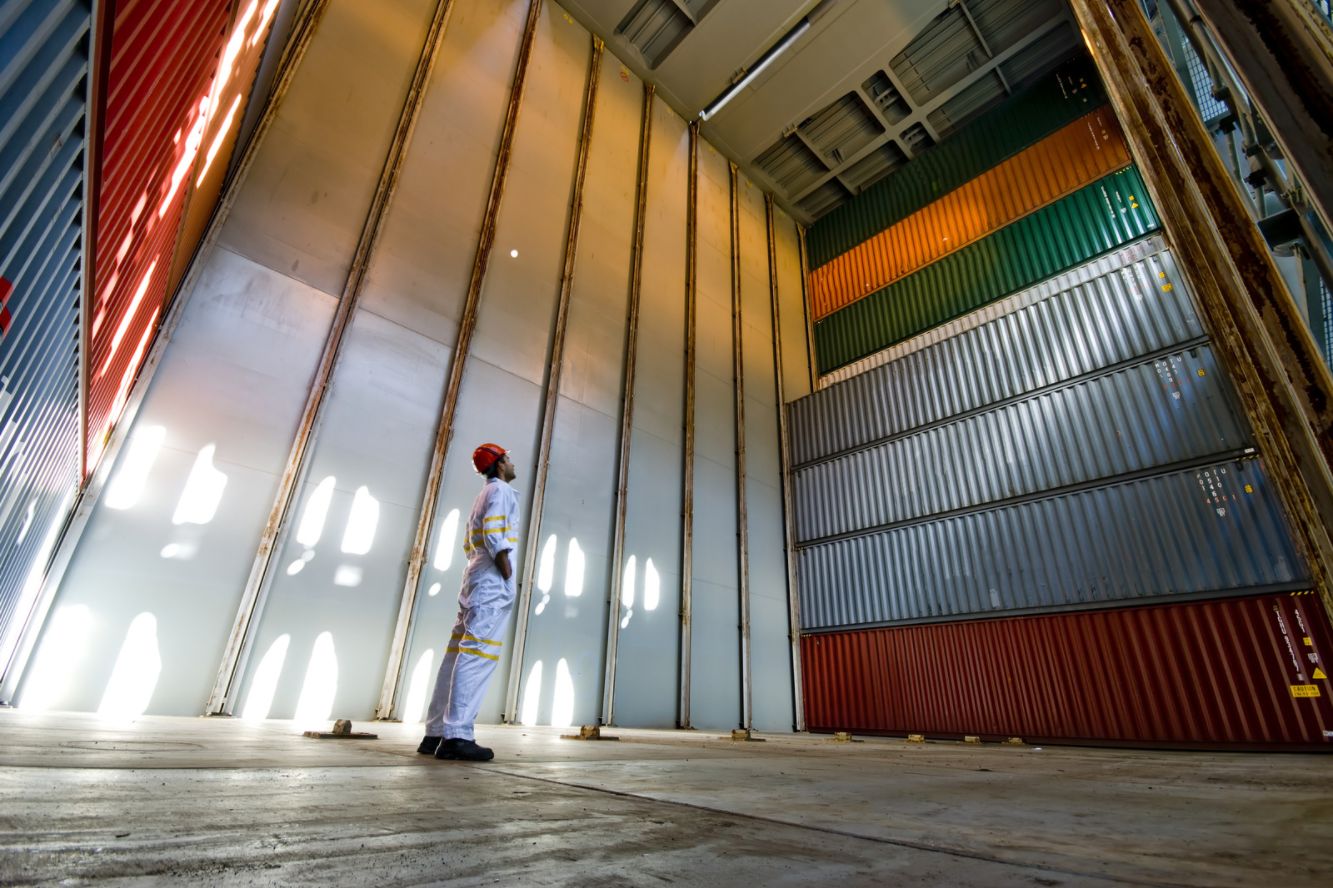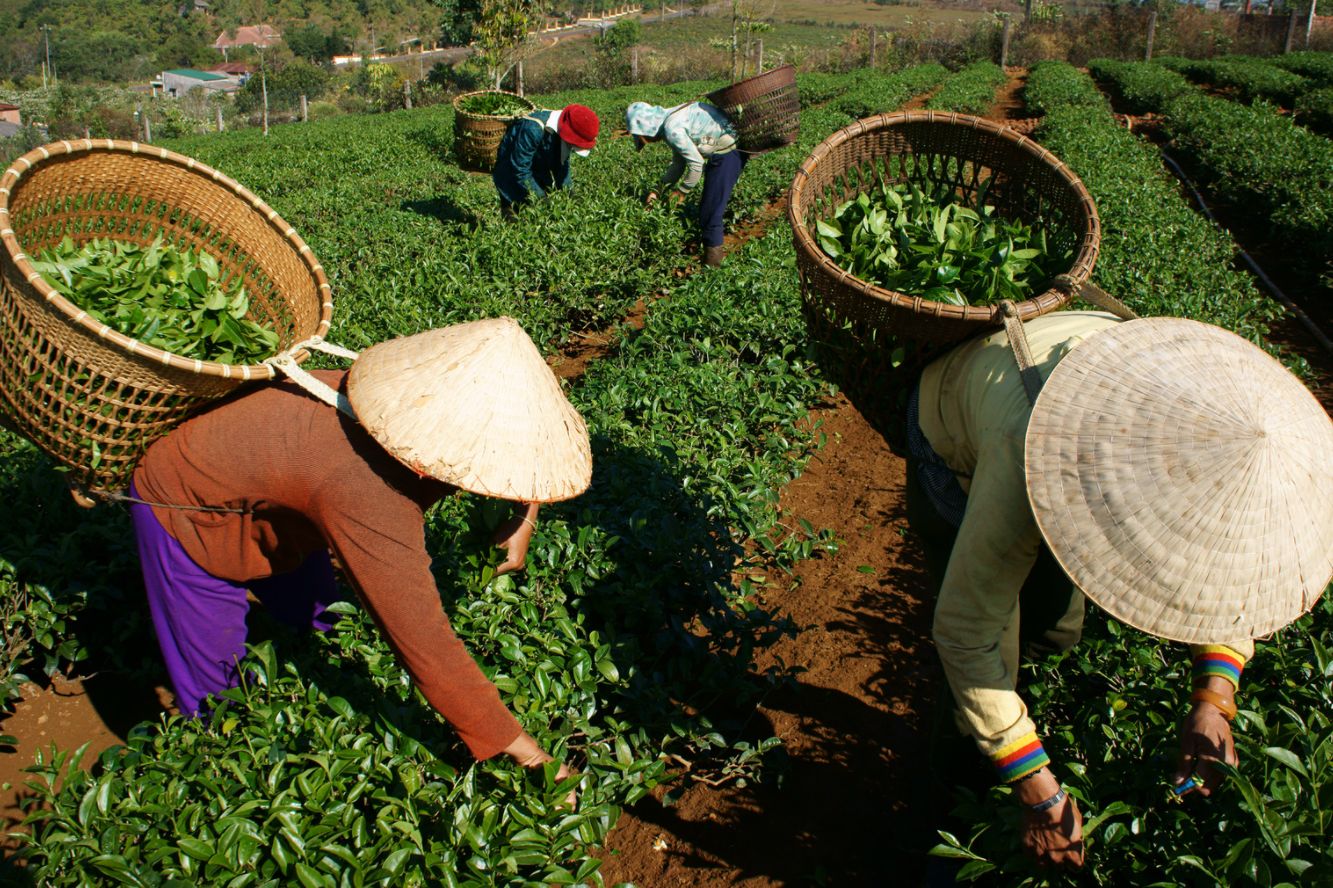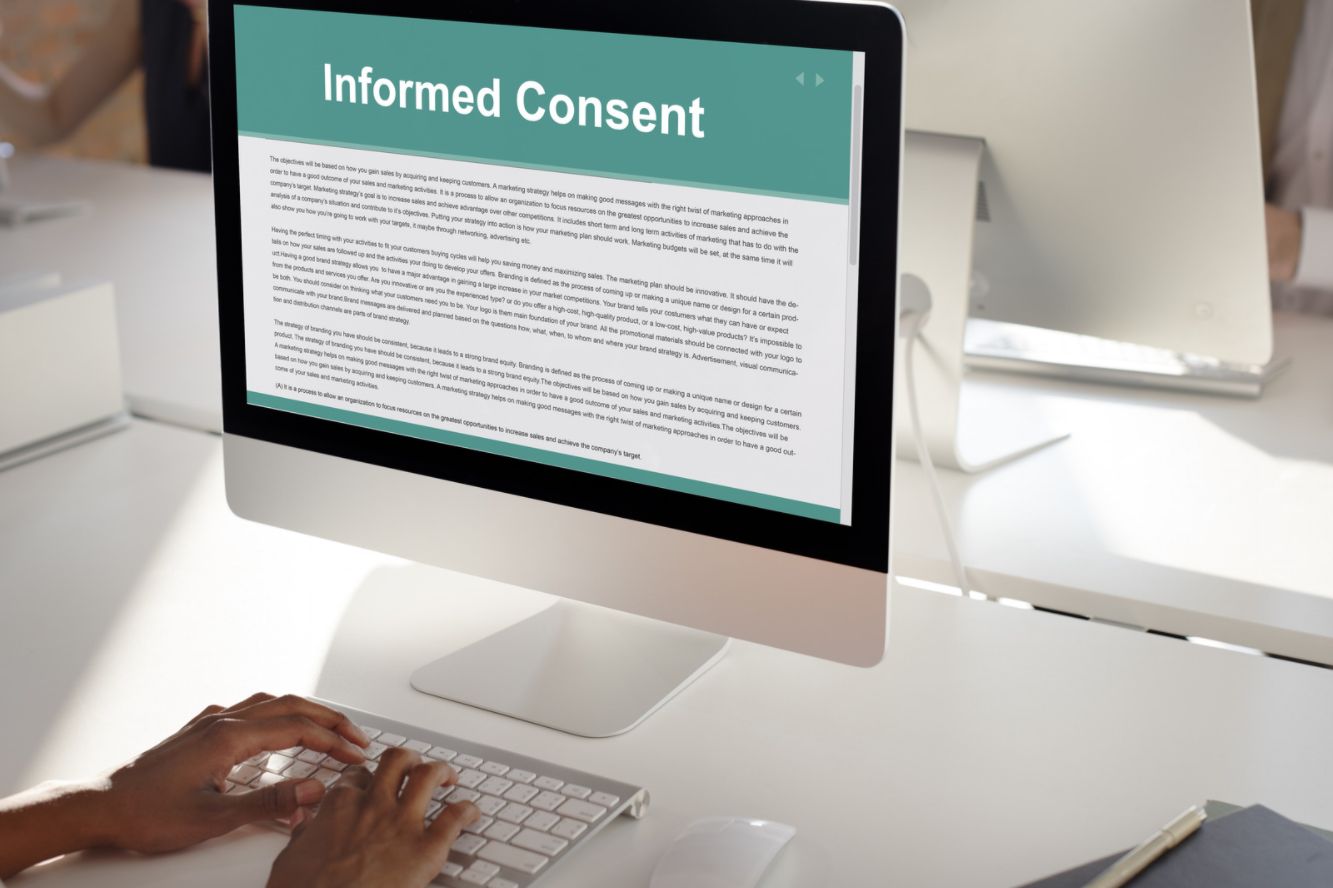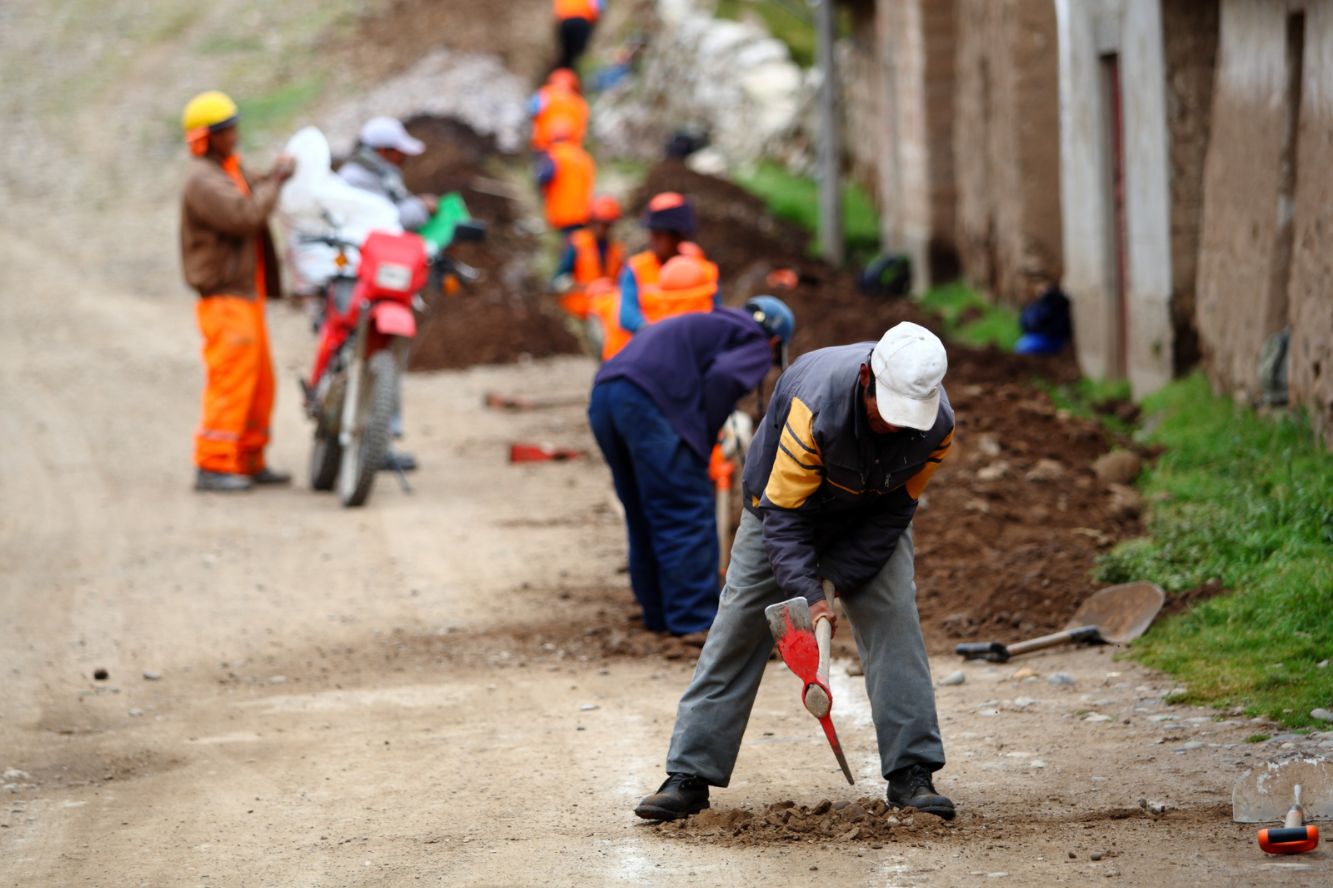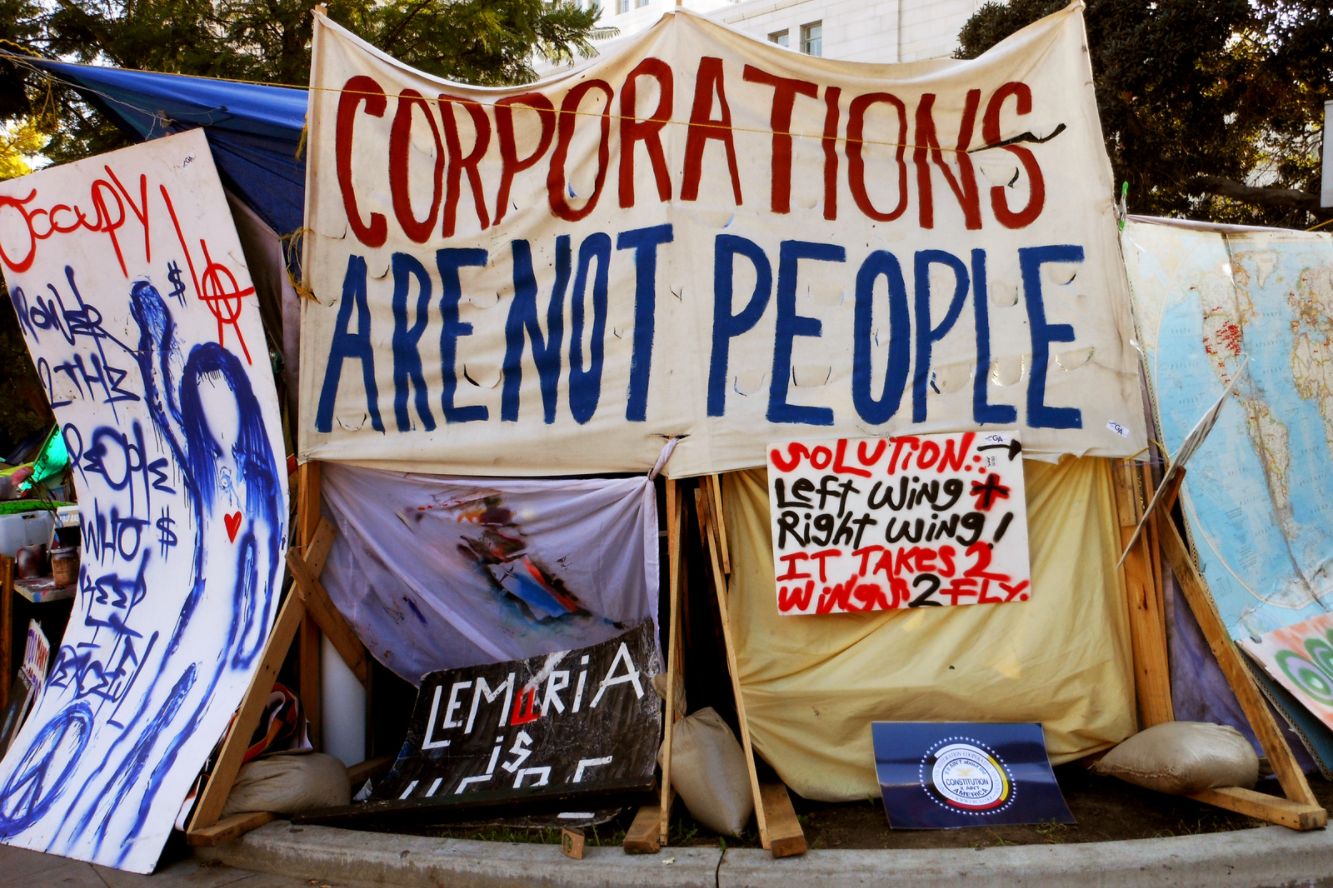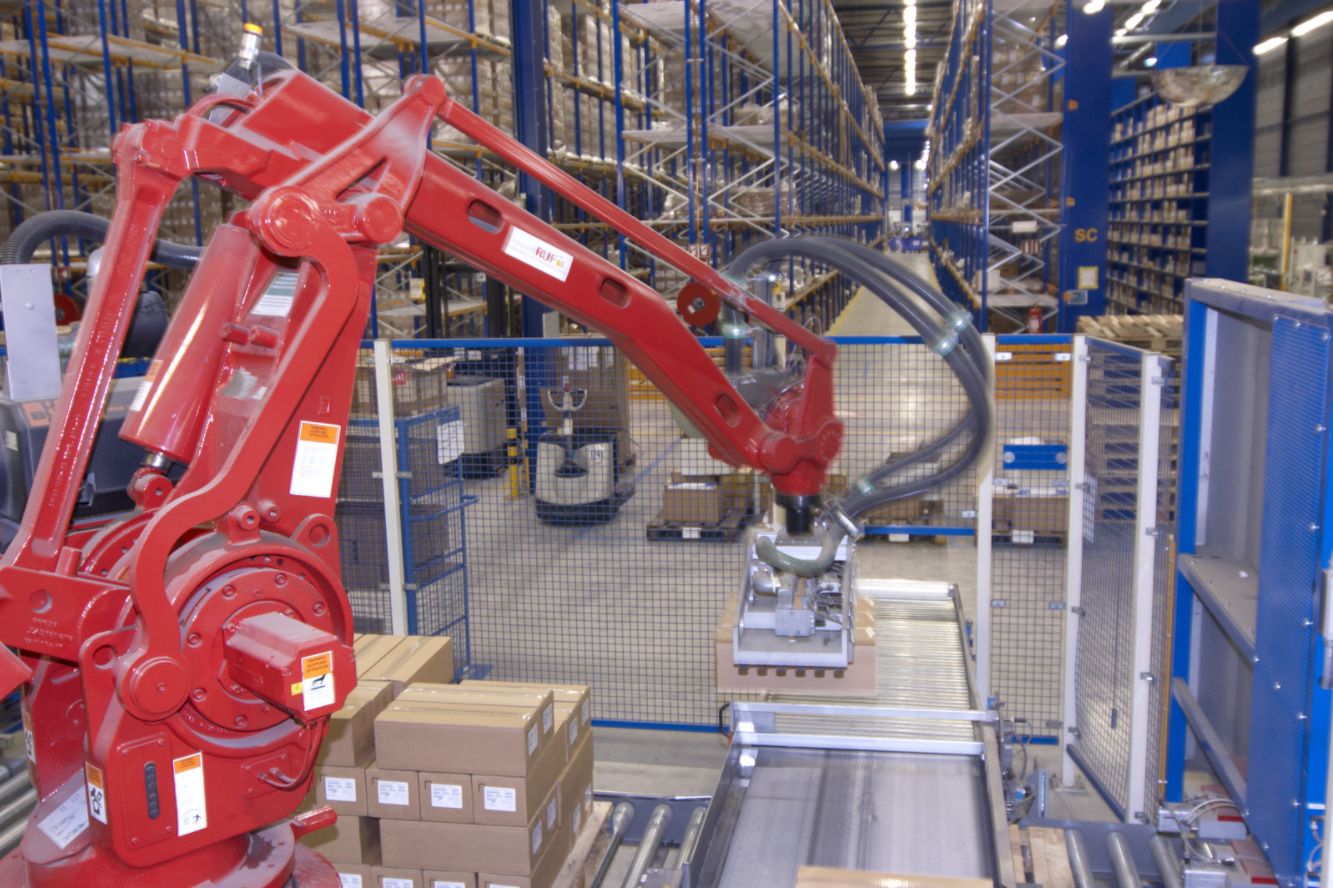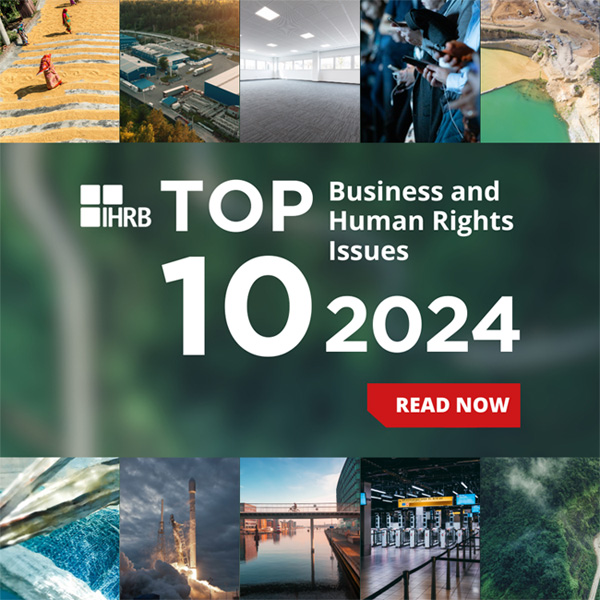There are more than 65 million displaced people in the world today, the highest number in recorded history. More than 21 million are registered as refugees, who cross international borders in search of safety.
For refugees, the right to work is vital for reducing vulnerability, enhancing resilience, and securing dignity. Their work can also benefit local economic activity and national development. Yet the majority of refugees work in the informal sector, due to legal provisions and constraints on their right to work.
2016 saw, for the first time, women and girls make up over half of the global refugee population. Where permitted to work, female migrant workers contribute enormously to global value chains, remitting larger proportions of their incomes despite earning less than male counterparts. Female migrant workers are also more likely to spend remittances on education, health and family care. Yet their labour is often undervalued, underpaid and de-skilled. For many female refugees, there may also be cultural barriers to overcome within their own communities, if they are to join the workforce.
When prevented from working in the formal economy due to their refugee status, the inevitable displacement of refugee to the informal sector dramatically increases vulnerability to exploitative working conditions. Surveys show that human trafficking networks are becoming brutal and efficient at exploiting and profiting from the vulnerability of migrants and refugees.
2017 looks set to continue the record-breaking trend in global refugee numbers. New levels of national and international coordination are required, where multiple actors share the responsibility of ensuring decent work, labour market policies, and training and education to support sustainable livelihoods and better engage refugee social and human capital.
For governments on the front lines of refugee flows, more calls to action are needed for private sector actors to make new, measurable and significant commitments to refugee employment, education and empowerment. Creative planning, such as apprenticeship schemes or new industrial parks, can both harness refugees’ skills and fill shortfalls in sectors and markets.
Business needs to set clear strategies for refugee employment. This should focus on making the most of the talent and experience refugees bring, applying the learning from established approaches to inclusion around gender, ethnicity, disability and wider efforts, and actively participating in refugee policy responses. Businesses must also anticipate cases of illegal employment and set a clear approach for mitigation and remedy, including working with suppliers to ensure proper payment of wages and fees.

